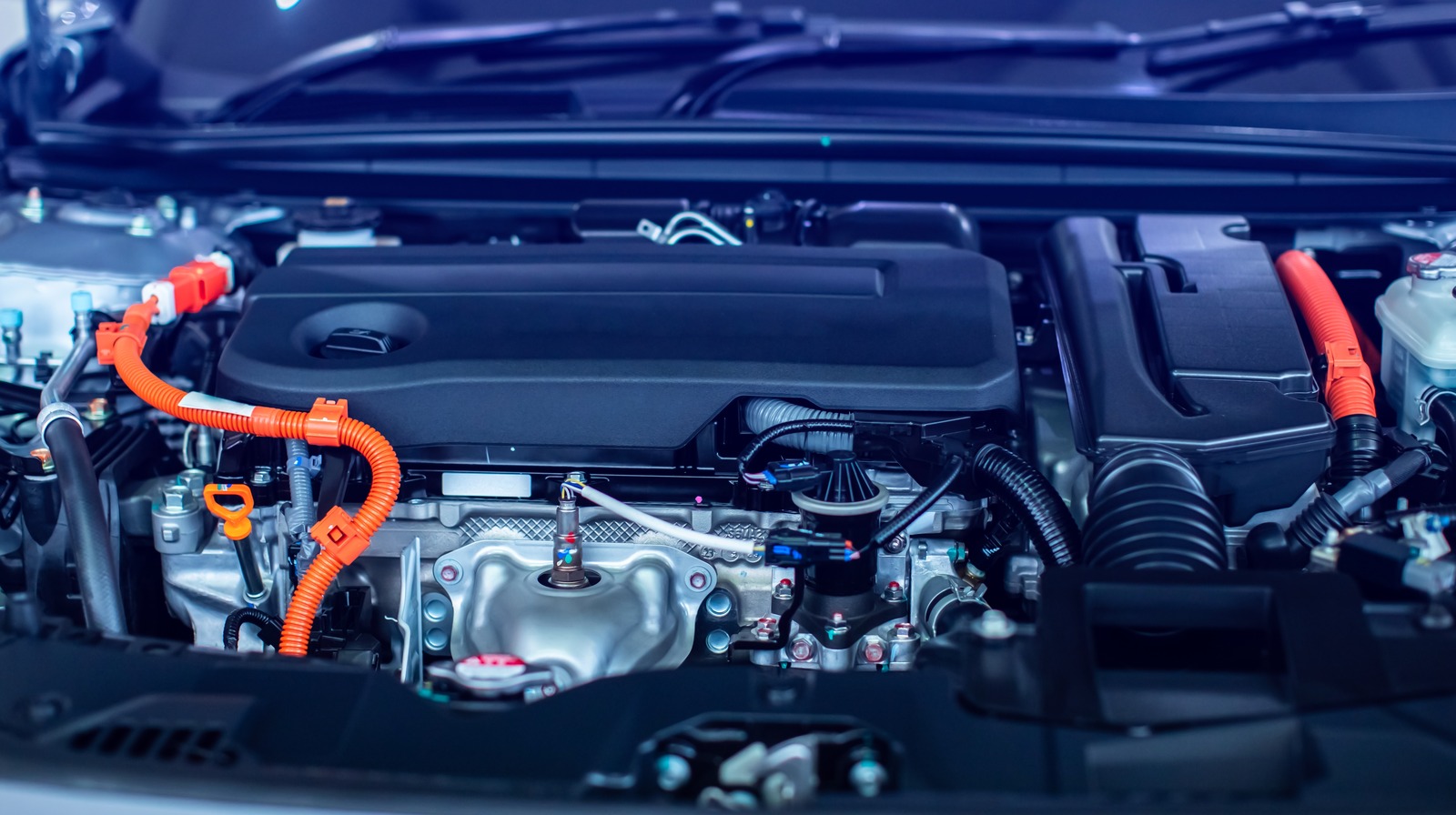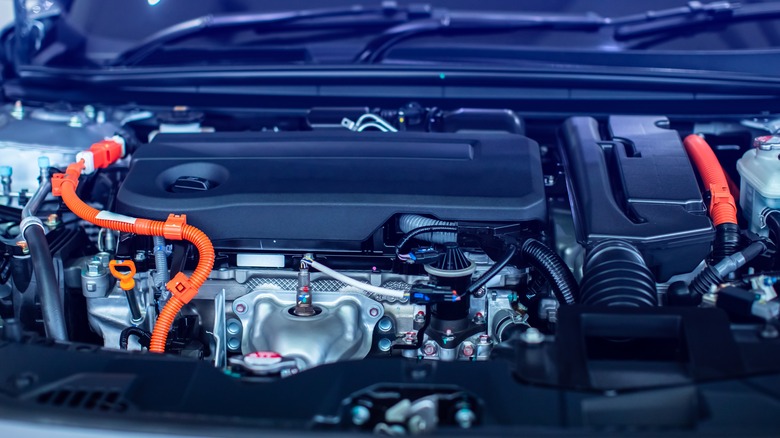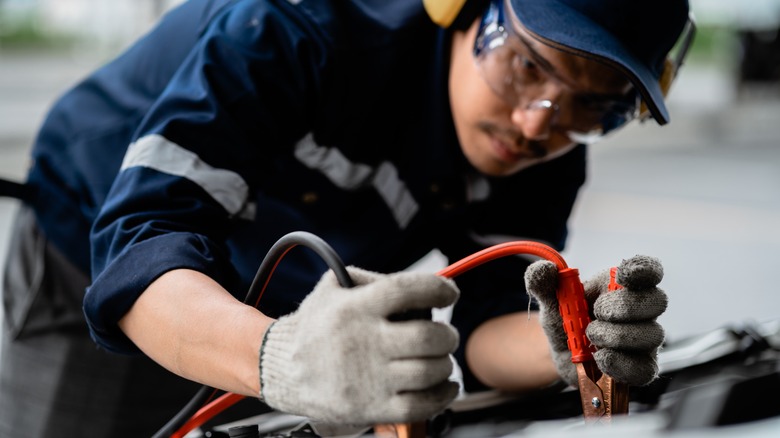Picture this. You’re ready to drive around town in your hybrid car and realize you left the headlights on — oops. This could mean a couple of things, but there’s a pretty good chance that the battery is dead. Or maybe it’s a different scenario. Perhaps you left the car on standby while listening to the radio, or recently bought an aftermarket accessory known for parasitic draw. Regardless, it can be a real pain when you need to jump-start a car.
Can you even jump-start a hybrid safely? The simple answer is “yes”. And yes, it is possible to jump-start another vehicle with a hybrid, but it’s strongly recommend that you don’t do that. Hybrid cars aren’t made with jump-starting other vehicles in mind, which means they’re not made to handle that kind of power transfer.
Now, most drivers know how to jump-start a traditional vehicle, but brain farts happen to us all. What if you mix up the terminals or the jumper cables? It can be problematic if you try to jump-start a hybrid the wrong way. A few things can happen: a damaged battery, harm to the vehicle overall, and some fried electrical components and/or wiring. Just like a traditional car, a hybrid will suffer from an improperly performed jump. More so, because hybrids draw power from a battery and not just a gas engine. And it can be worse — even deadly — if you try to jump-start the hybrid battery pack. Never do that.
What happens when you jump-start a hybrid the wrong way?
If this happened to you, you may be second-guessing getting a plug-in hybrid, but let’s not get ahead of ourselves. Plenty of Americans can’t get enough of hybrid cars for a number of reasons. So, to keep it running, how do we jump-start a hybrid car correctly? The same way we jump-start a traditional car:
- Consult your owner’s manual for proper procedure.
- Find a vehicle with a good battery to transfer power from.
- Park the hybrid on a flat, dry surface.
- Turn off all electrical accessories and the ignition.
- Lift the hoods of both vehicles and prop them open with the included rod.
- Locate the terminals for each car. The hybrid usually has the engine installed under the rear seat or near the trunk. Most come with boosting or charging points in place of the terminals in the engine bay. However, if your engine is also there, they’re usually kept safe under a fuse block cover.
- Connect the jumper cables to the terminals of both cars. First the hybrid; red for positive, black (or unpainted) for negative. If using booster cables, follow the same steps.
- Start the donor vehicle, with slight pressure to the accelerator pedal for several minutes.
- Then test the power transfer by revving the hybrid engine. If it’s running, congratulations. Your car isn’t dead.
- Now you can safely remove the jumper cables attached to each vehicle. First the negative clamp from the hybrid, then the donor. Next, the positive clamp from the hybrid and then the donor.
If you happened to find this page after a failed jump, there’s one small consolation. There are plenty of new hybrid cars under $35,000 to replace the old one.




